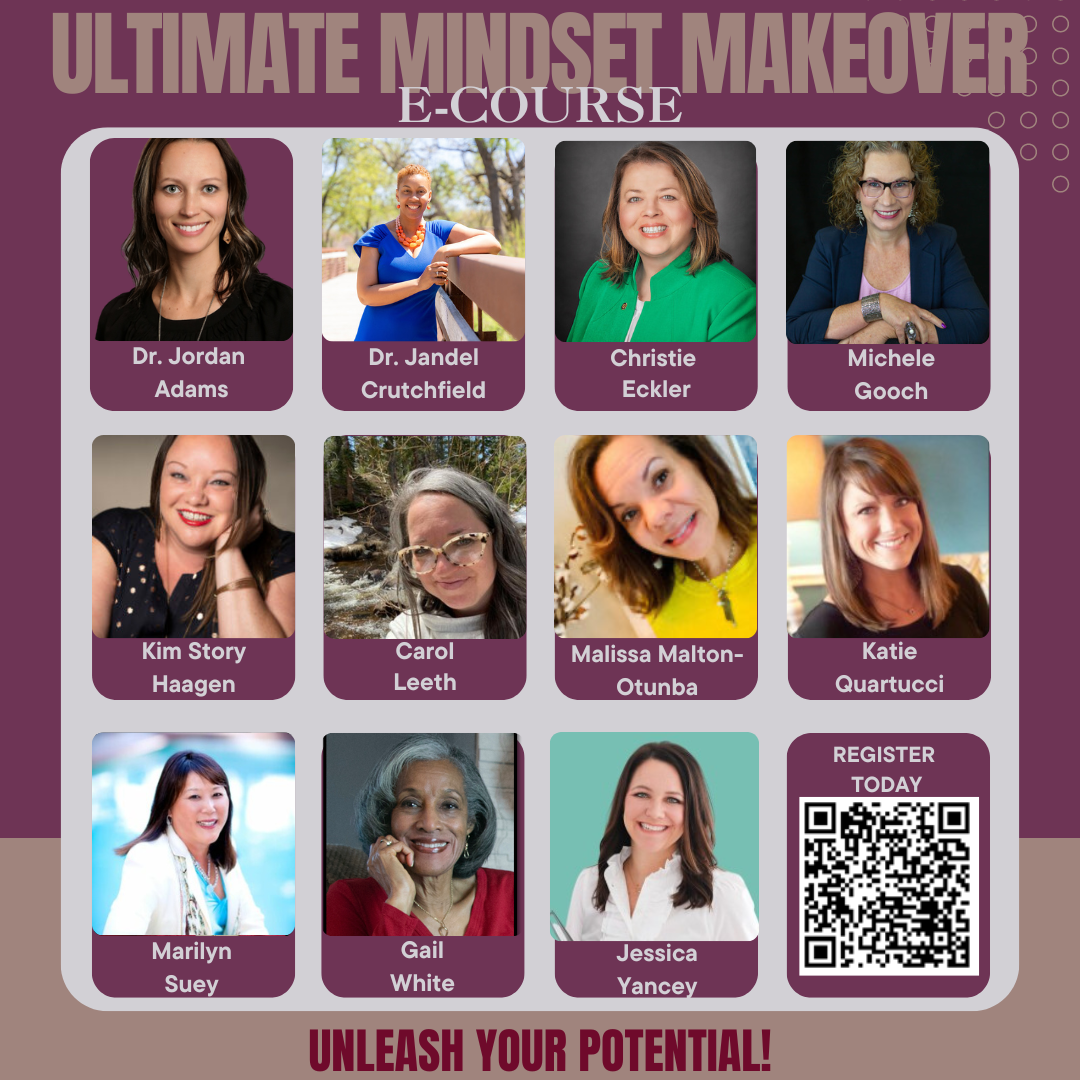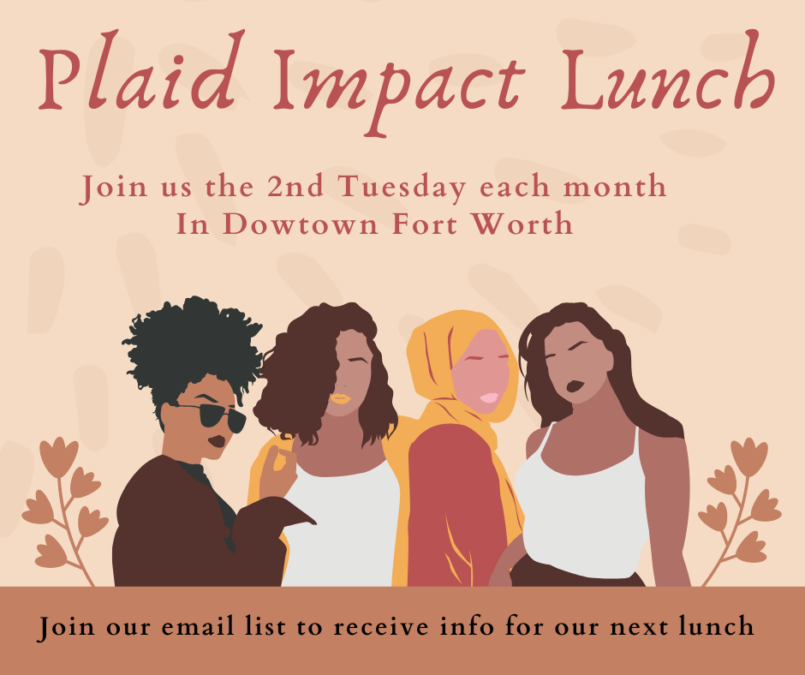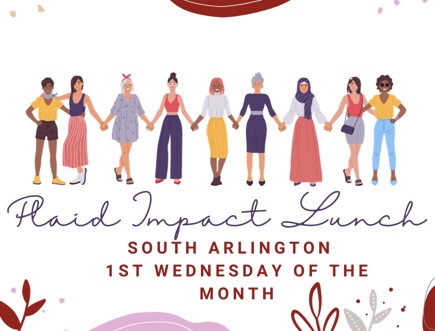What began as an informative Saturday morning discussion of the biology of stress—its causes, impact and treatment—took a sudden and unexpected hard turn, exploding into anger that was focused on money. The two presenters were chiropractors in a multicultural community of St. Louis, MO. Most of the audience were like me – in their 50’s and 60’s or older. Many had health problems that drove them to seek treatment. But some, like me, simply sought the health benefits of preventive chiropractic care. Many were lower middle class. All of us were just one or two generations from poverty, but all lived in neighborhoods that included many who were still clearly poor.
Universal Stress
The opening statement from the doctors emphasized the universal nature of stress. It pointed out that it was not limited to just the economically disadvantaged, but even the rich experience the ravages of stress. At this statement, a man in the audience exploded, “Yea. They totally stress out over finding ways to take our money!”
Before the doctors could respond, others in the audience joined in, agreeing that the major stress points of wealthy people centered on taking money from the poor. The emotion of the group rose to a fever pitch. I believe if a known rich man had walked into the assembly, he might have been physically attacked on the spot. The scene was disturbing.
Questions rose in my mind. “Who do they consider rich?” Would they think I was rich?” Certainly, the two doctors conducting this training were wealthy by anyone’s standards. And yet, the two of them had received numerous awards for helping educate the poor in many of the local cities. Here they were again, pouring their knowledge into the people on a Saturday morning when the office was closed.
I shot one doctor a look and motioned for him to get the crowd under control. Tracking with my thoughts, he immediately put down the marker, turned off the PowerPoint, took a seat in the front of the room and began talking with the distraught audience. His tone was confident and comforting – even pleading – as he reasoned with us. He pointed out certain logic which should be rather self-evident but had become lost in the intense emotion of the moment. The doctors asked the people to consider three points.
Point number one.
There are good and bad actors in all segments of society. Some poor people are good honest, hardworking and productive, but circumstances have prevented them from rising up out of poverty. Other poor people are thugs who steal and destroy what they did not build. Some middle-class people are good, honest, hardworking and productive. And some in the middle-class are dishonest and not trustworthy. Some rich people are good, honest, hardworking and very productive. Many have inherited education and resources which they use to create and sustain a luxurious lifestyle. And, of course, some rich people are thugs! To paint all people in either of these categories with the same brush is an evil. Just as we don’t ever want all poor people to be treated as lazy or dishonest, we certainly don’t want to treat all the wealthy as greedy and crooks.
Point number two.
Whether poor, middle-class or wealthy, all people want more! This innate desire drives all of us to become more productive. And greater individual productivity ultimately benefits everyone. While it may seem logical that poor people would be more motivated than others because of the unique stresses of poverty, the facts say that all classes are usually equally driven to improve their status in life. When we all support each other, business and social life in the community will thrive, good jobs will be created, and stress levels reduced.
Point number three.
Generosity among the wealthy is the greatest financial benefit to any city or community anywhere. Poor and middle-class people rarely pool their resources to build hospitals, museums or universities. Poor churches don’t have the means to help their neighbors or fund missionary projects throughout the world, but wealthy churches do. Supporting and rewarding the wealthy who are generous benefits, everyone.
Victim Mindset
Now back to the topic of stress, we can identify the number one cause to be a mindset of victimization, helplessness and blame. The doctors paused for a long minute to let this thought sink in. Then they led the group to recite aloud some positive affirmations. I am not a victim of rich people who want to take my money. I can learn lessons from the rich to help me financially. I can teach my family, friends and neighbors to escape the victim mindset trap.
The last half hour of the morning session was devoted to a review of the devastating physiological impact of stress in the body and strategies for de-stressing. The usual holistic elements were emphasized: healthy eating, frequent exercise, hydration, supplementation, detoxing. The final element common within the chiropractic community was maintenance and preventive care of the spine. But on this day, woven into the conversation were strong elements of mindset and money.
Money Mindset
I wonder how many blood pressure prescriptions would be unnecessary if patients simply learned to develop a different money mindset. How many heart surgeons would need to find another specialty? How much anxiety, violence, abuse, divorce and suicide could be avoided? How much contentment, fulfillment and sheer joy could be released?
We are in what some economists are calling a “valley of chaotic despair”— years of painful transition between seasons of relative abundance. The greatest economic inflection point in human history is unfolding, potentially offering unprecedented prosperity for everyone in the long run. But short-term pain that is disproportionately experienced by the disadvantaged will be unavoidable.
Thriving during this transition will require a populace who is aware of the dangers of promoting strife among the various classes of society. Calm reflection of the three points spelled out by my doctor friends will compress the transition period and help diffuse dangerous stress points.
Read more of Gail’s article on Plaid or connect with her on her website.











